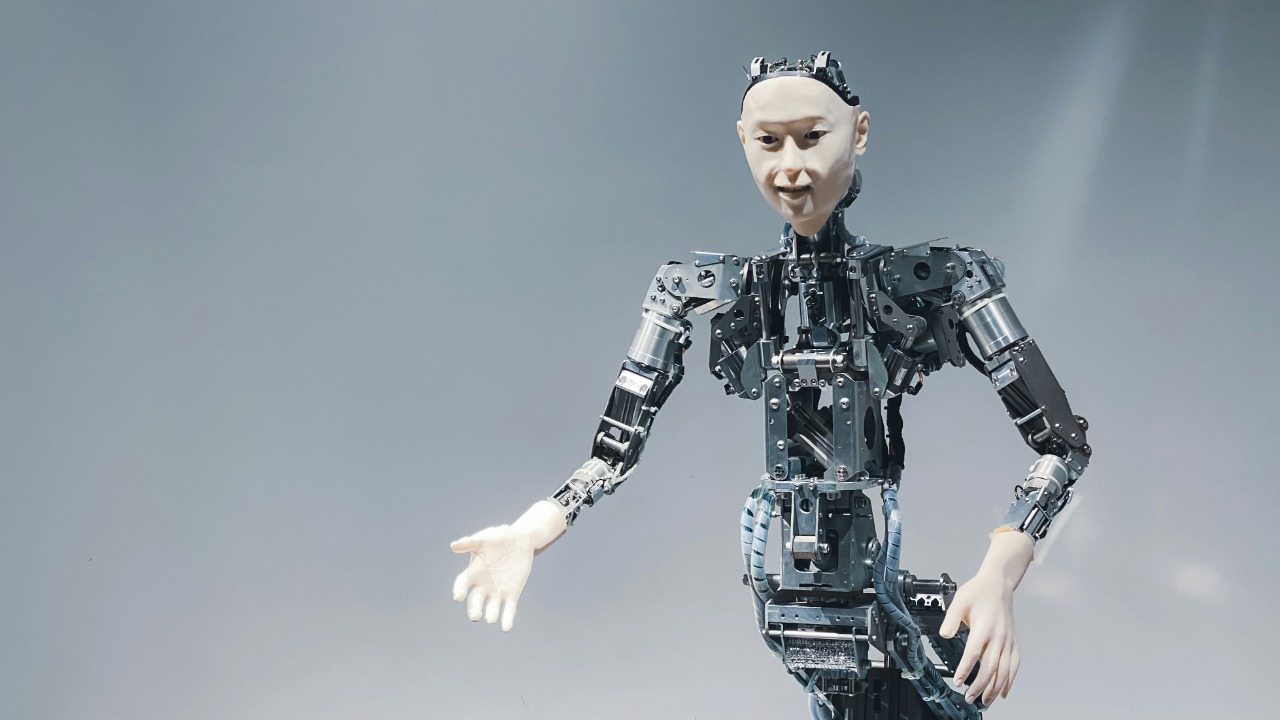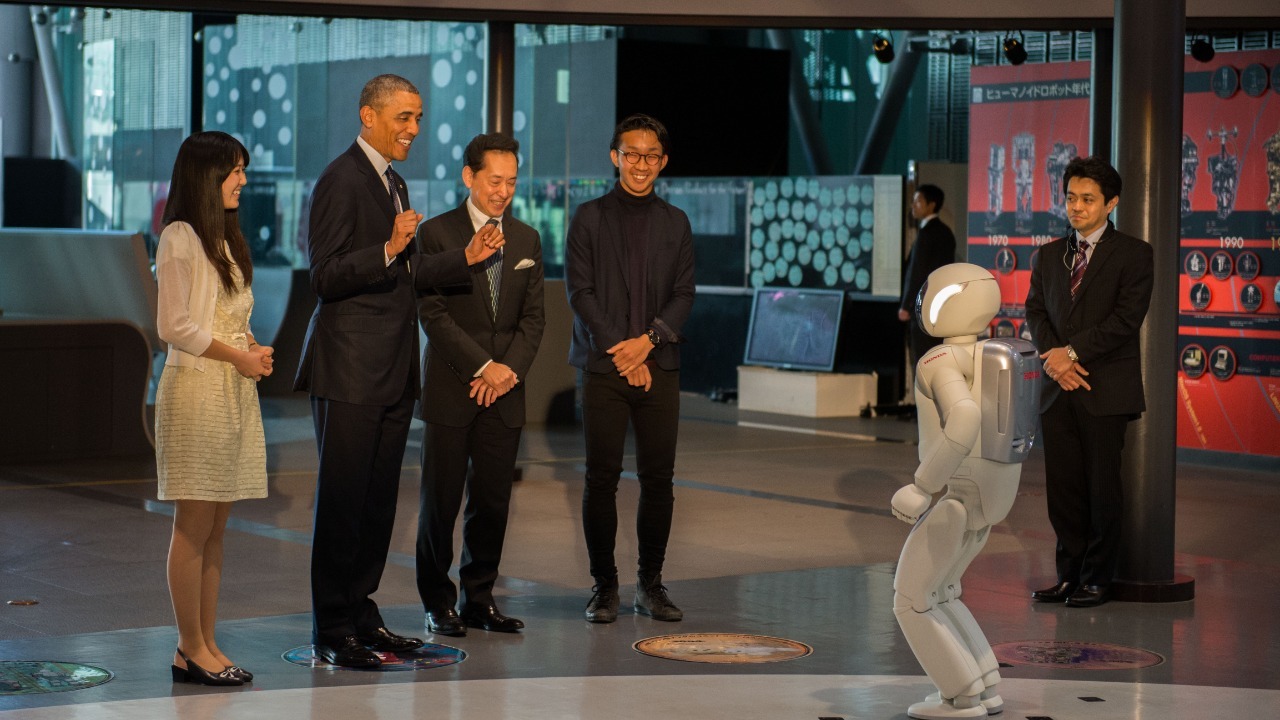
China has taken a significant leap in robotics by unveiling a humanoid robot capable of blinking and reacting with human-like expressions. This groundbreaking innovation, revealed in late September 2025, showcases advanced human-like expressions, sparking global interest and discussions on the future of robotics. The robot’s lifelike facial features and emotional responses have astounded the world, marking a new era in humanoid robotics.
The Technology Behind the Humanoid Robot

The development of lifelike facial expressions in China’s humanoid robot represents a significant technological achievement. The robot’s ability to mimic human expressions is powered by advanced algorithms and sophisticated engineering. According to Interesting Engineering, the robot’s face is equipped with a complex network of actuators and sensors that allow it to replicate the subtle nuances of human emotions. These components work in harmony to produce expressions that are remarkably similar to those of humans, enabling the robot to blink, smile, and frown with uncanny realism.
Creating a robot that can blink and react like a human posed numerous engineering challenges. As reported by Daily Galaxy, one of the key breakthroughs was developing a flexible skin-like material that could move naturally over the robot’s mechanical structure. This innovation, combined with precise control systems, allows the robot to perform complex facial movements seamlessly. The collaborative efforts of several Chinese tech companies were crucial in overcoming these challenges, as noted by SSB Crack News, highlighting the importance of teamwork in achieving such a sophisticated level of robotics.
In addition to the advanced facial expressions, the robot’s design incorporates cutting-edge artificial intelligence to interpret and respond to human interactions. This AI system processes vast amounts of data in real-time, allowing the robot to adjust its expressions and reactions based on the context of the interaction. As highlighted by Interesting Engineering, this capability is crucial for applications where nuanced communication is essential, such as in therapeutic settings or customer service roles.
Moreover, the robot’s sensory network is designed to detect subtle changes in the environment, such as variations in light and sound, which further enhances its ability to interact naturally with humans. This sensory feedback loop is a testament to the sophisticated integration of hardware and software, ensuring that the robot can operate seamlessly in dynamic environments. The collaborative efforts of engineers and AI specialists have been pivotal in achieving this level of sophistication, as noted by SSB Crack News.
Implications for Robotics and Society

The introduction of a humanoid robot with human-like expressions has profound implications for the future of human-robot interaction. This development could significantly enhance the way robots are integrated into daily life, making them more relatable and effective in roles that require social interaction. As SSB Crack News discusses, robots with the ability to express emotions could revolutionize industries such as healthcare and customer service, where empathy and understanding are crucial.
However, the rise of robots with human-like emotions also raises important ethical considerations. The potential for these robots to influence human behavior and emotions necessitates a careful examination of their societal impact. According to Daily Galaxy, there are concerns about privacy, consent, and the potential for emotional manipulation. As these robots become more prevalent, society must address these ethical challenges to ensure that the integration of such technology is beneficial and responsible.
The potential applications of humanoid robots extend beyond traditional roles, opening new possibilities in education and entertainment. In educational settings, these robots could serve as interactive teaching aids, providing personalized learning experiences and engaging students in novel ways. The ability to express emotions and respond to students’ cues could make learning more interactive and effective. Similarly, in the entertainment industry, robots with lifelike expressions could revolutionize the way audiences engage with digital content, offering immersive experiences that were previously unattainable.
Furthermore, the integration of such robots into society prompts a reevaluation of human-robot relationships. As Daily Galaxy points out, the line between human and machine interactions is becoming increasingly blurred, raising questions about identity and agency. These developments necessitate a dialogue on the ethical frameworks that will govern the deployment of humanoid robots, ensuring that their integration into society respects human values and rights.
Global Reactions and Future Prospects

The international community has reacted with a mix of awe and curiosity to China’s latest achievement in humanoid robotics. Experts in the field have praised the technological advancements demonstrated by the robot, recognizing it as a significant milestone in the global race for AI and robotics supremacy. As noted by Daily Galaxy, this development positions China as a leader in the field, potentially influencing future innovations and collaborations worldwide.
Looking ahead, the success of this humanoid robot is likely to spur further advancements in robotics. According to Interesting Engineering, future developments may focus on enhancing the robot’s capabilities, such as improving its ability to understand and respond to complex human emotions. As technology continues to evolve, the potential applications of such robots will expand, offering new opportunities and challenges for industries across the globe.
As countries around the world observe China’s advancements, there is a growing interest in international collaboration to further the development of humanoid robotics. This global interest is not only driven by technological curiosity but also by the potential economic benefits that such innovations could bring. As noted by Interesting Engineering, the commercialization of humanoid robots could lead to new markets and industries, fostering economic growth and creating jobs in sectors ranging from manufacturing to software development.
Moreover, the success of China’s humanoid robot may inspire other nations to invest more heavily in robotics research and development, potentially leading to a new era of technological competition and cooperation. This could accelerate the pace of innovation, resulting in more advanced and capable robots that can perform a wider array of tasks. As the field of robotics continues to evolve, the implications for global industries and economies are profound, promising a future where robots play an integral role in everyday life.